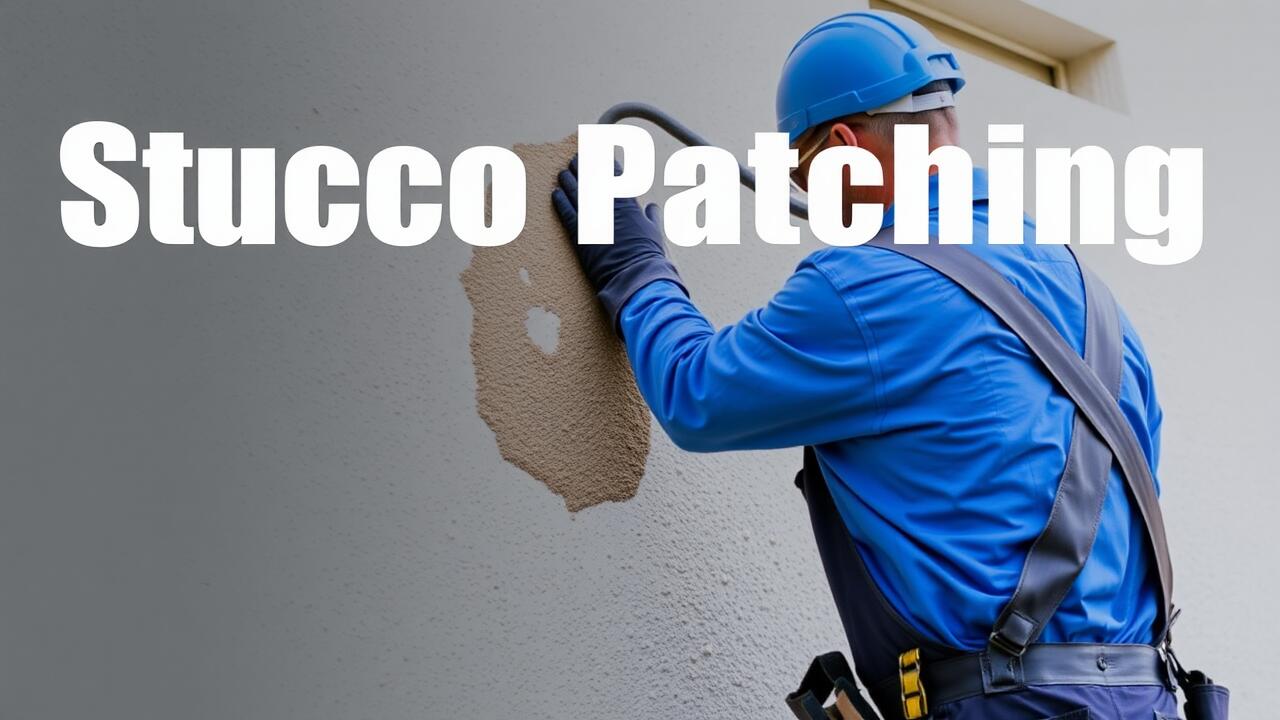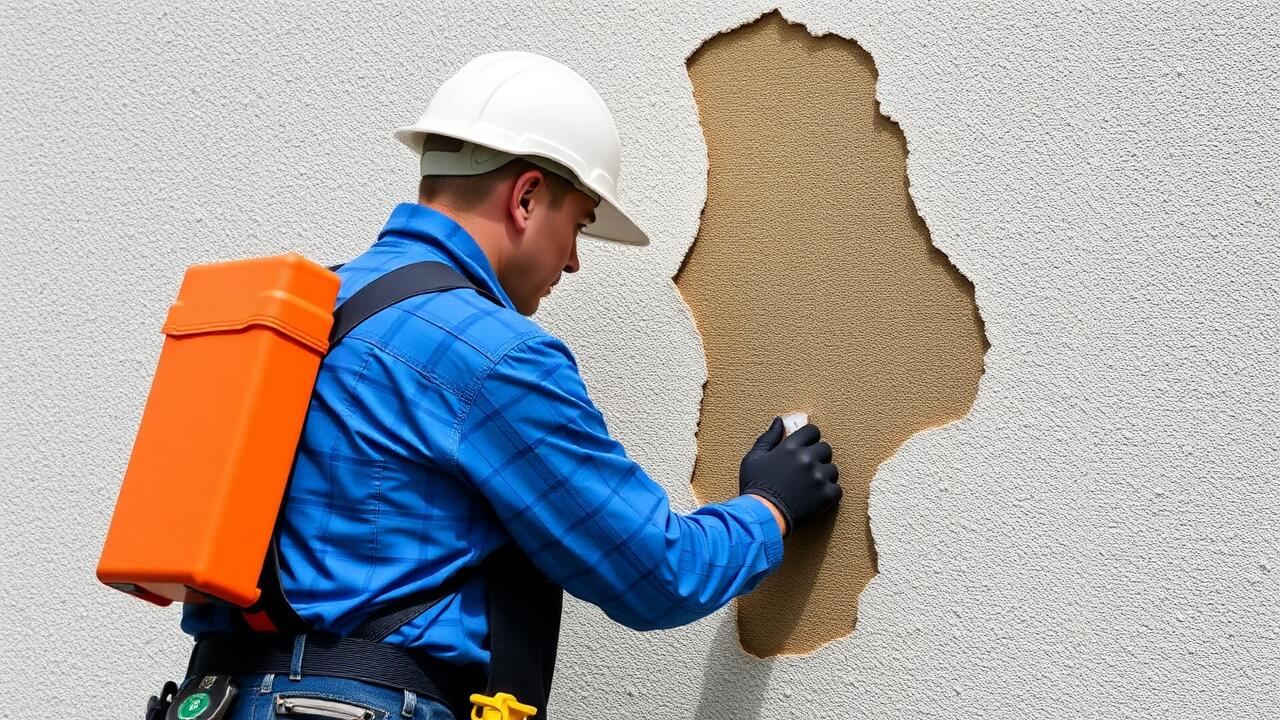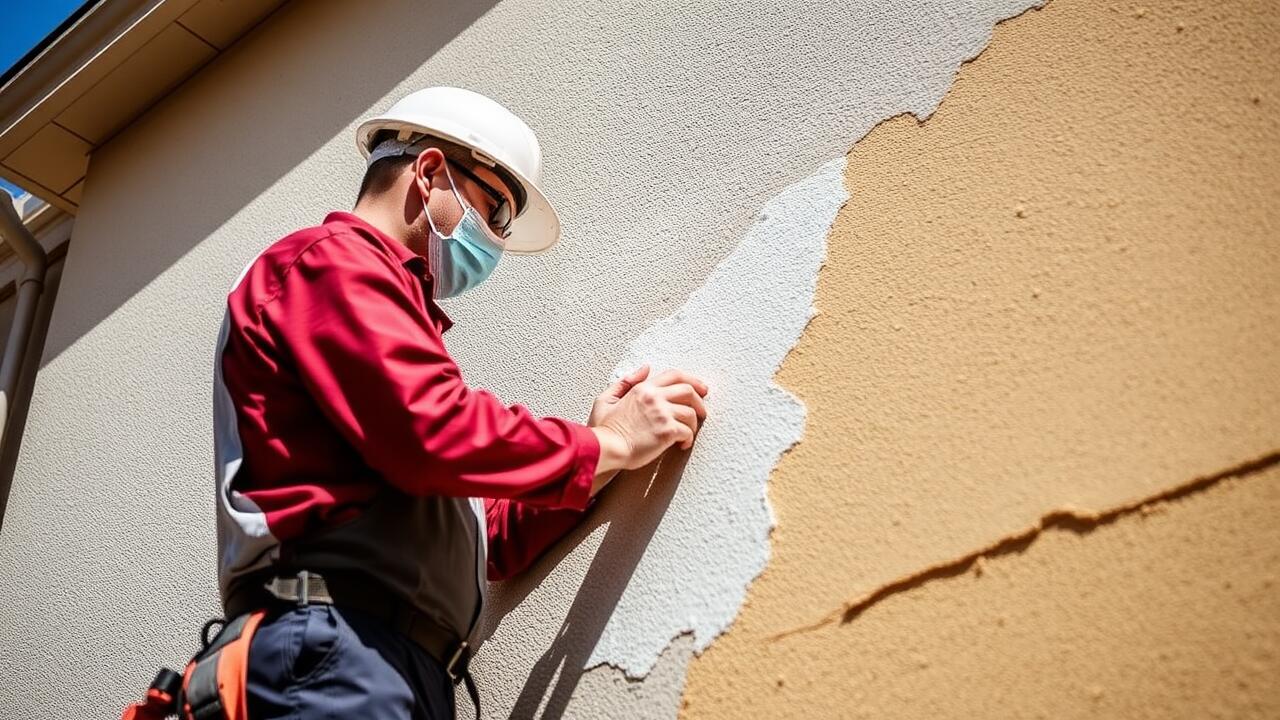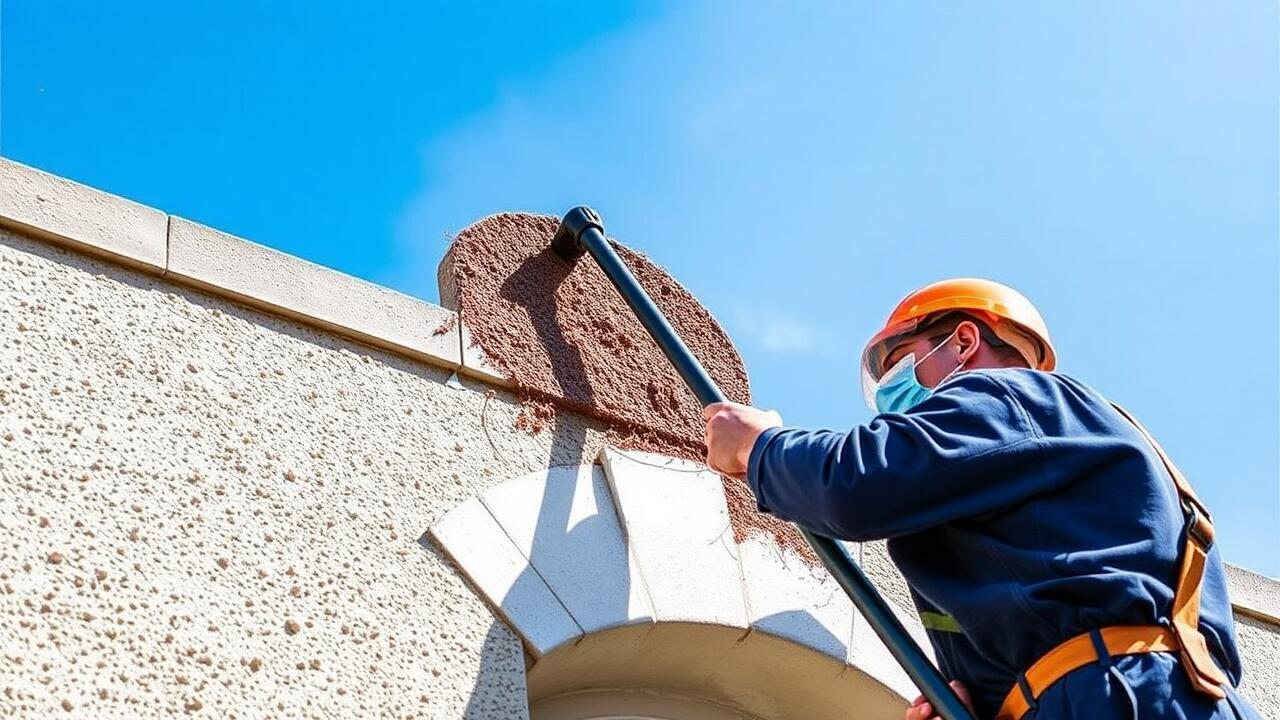
Installing New Stucco Panels
When embarking on the installation of new stucco panels, it's essential to prepare the work area thoroughly. Begin by removing any damaged panels and ensuring the underlying surface is clean and stable. Inspect the wall for moisture issues or structural damage, as these can compromise the integrity of the new installation. Using a level, mark guidelines to ensure that the new panels will be aligned properly. This careful preparation sets the stage for a smooth installation process.
Once you're ready to install, apply a proper adhesive to the back of each stucco panel before pressing it firmly against the wall. Ensure that they fit tightly together to avoid gaps that could lead to moisture infiltration. After placing the panels, use spacers if necessary to maintain consistent spacing and alignment. For those looking for expertise in this process, Koreatown, Los Angeles Stucco Patching offers specialized services to ensure a professional finish that enhances both appearance and durability.
A Step-by-Step Guide to Installation
Begin the installation by carefully removing any damaged stucco panels. Use a chisel to gently break apart the old material, ensuring that you don’t harm the surrounding structure. Once the damaged panels are removed, clean the area thoroughly to eliminate dust and debris. This preparation is crucial for achieving a strong bond with the new panels. If you are in West Adams, Los Angeles stucco patching services can help with this initial step, ensuring no remnants of the old stucco remain.
Next, measure the dimensions of the area where the new panels will be installed. Cut the replacement stucco panels accordingly, using a trowel or serrated knife. Apply a bonding agent to the underlying surface before placing the panels. Press the new panels firmly into position, ensuring they align with existing structures. For a more secure fit, consider using screws or staples if applicable. Allow the panels to set for the recommended time before proceeding with additional finishing touches.
Finishing Touches After Installation
Once the new stucco panels are securely in place, it is crucial to address the finishing touches for an impeccable appearance. Start by inspecting the seams and edges between the new panels and the existing wall. Fill any gaps with the appropriate compound to create a smooth surface that blends seamlessly with the surrounding areas. This extra care ensures that the new work does not stand out and enhances the overall aesthetic of the home.
After patching, focus on matching the texture of the new panels with the existing stucco. This often involves using a trowel or texture sponge to manipulate the surface properly. For homeowners in Palms, Los Angeles, stucco patching may require expertise to achieve the desired look. Applying a paint coat that matches the rest of the wall will provide a uniform finish, ensuring that the repair feels like a natural part of the home's exterior.
Ensuring a Seamless Look and Texture
Achieving a seamless look and texture when replacing damaged stucco panels requires careful attention to detail. Begin by selecting new stucco that closely matches the existing material in color and texture. This will help create a cohesive appearance. When applying the new stucco, it is essential to blend the edges where the new and old materials meet. Using a trowel or a specialized tool can help feather the edges for a smoother transition.
After the stucco is applied, the finishing process involves texturing and coloring to mimic the surrounding areas faithfully. Many homeowners prefer to hire professionals familiar with techniques such as Reseda, Los Angeles stucco patching to ensure that the final result is uniform. This expertise can make a significant difference in achieving a seamless integration, making it difficult to spot where the repairs have been made. Proper finishing not only enhances the visual appeal but also aids in protecting the integrity of the structure against moisture and environmental wear.
Maintenance Tips for Stucco Panels
Regular maintenance of stucco panels is essential for preserving their appearance and longevity. Inspecting your stucco at least twice a year will help identify any issues early on. Look for cracks, discoloration, or peeling paint. Cleaning the surface with a soft brush and mild detergent can remove dirt and mold that potentially cause damage over time. In areas like Silver Lake Heights, Los Angeles, where moisture can be a concern, keeping gutters clean and directing water away from the walls reduces water intrusion risks.
When addressing minor damage, timely stucco patching is crucial. In Silver Lake Heights, Los Angeles, stucco patching services may help repair small cracks and holes effectively, preventing further deterioration. Applying a sealant designed for stucco can also provide an additional layer of protection against the elements. For best results, ensure that any repairs blend seamlessly with the existing texture and color of the surrounding stucco. This attention to detail will maintain the aesthetic appeal of your home while extending the life of your stucco panels.
How to Extend the Life of Your Stucco
Regular maintenance is crucial for prolonging the life of your stucco panels. Inspect the exterior periodically for signs of wear or damage, such as cracks or discoloration. Addressing these issues promptly can prevent further deterioration. Using sealants in areas that are prone to moisture can also help protect the stucco from potential water damage. Keeping the surface clean is equally important. A gentle power wash or soft scrubbing with soapy water can remove dirt and grime without harming the stucco.
In Granada Hills, Los Angeles, stucco patching services can be a valuable resource when it comes to maintaining your stucco. Professional patching helps to ensure that repairs are seamless and match the existing texture and color. Schedule routine inspections with a qualified service provider who specializes in stucco. This approach not only helps identify potential problems but also offers peace of mind regarding the integrity of your home’s exterior.
FAQS
What are the signs that my stucco panels need to be replaced?
Common signs include visible cracks, water damage, mold growth, or if the panels feel loose or crumbling when touched.
Can I replace damaged stucco panels on my own, or should I hire a professional?
While some homeowners may have the skills to replace stucco panels themselves, it is often recommended to hire a professional for best results, especially if the damage is extensive.
How long does it typically take to replace stucco panels?
The timeline can vary based on the extent of the damage and the number of panels being replaced, but typically it can take a few days to complete the job.
What materials are needed for replacing stucco panels?
You will need new stucco panels, adhesive, a trowel, a utility knife, mesh tape, and finishing materials such as paint or texture spray.
How can I maintain my new stucco panels after installation?
Regular maintenance includes cleaning the surfaces, checking for cracks or damage, ensuring proper drainage around the panels, and repainting or resealing as needed to protect against moisture.



